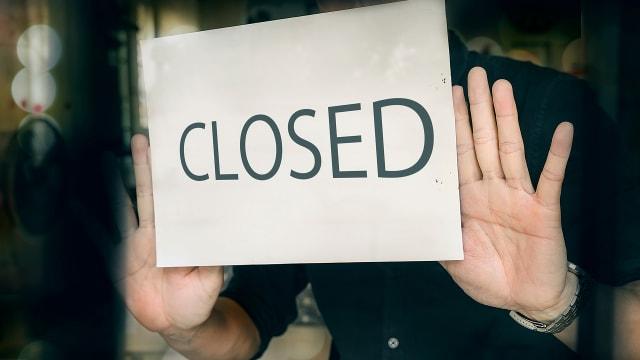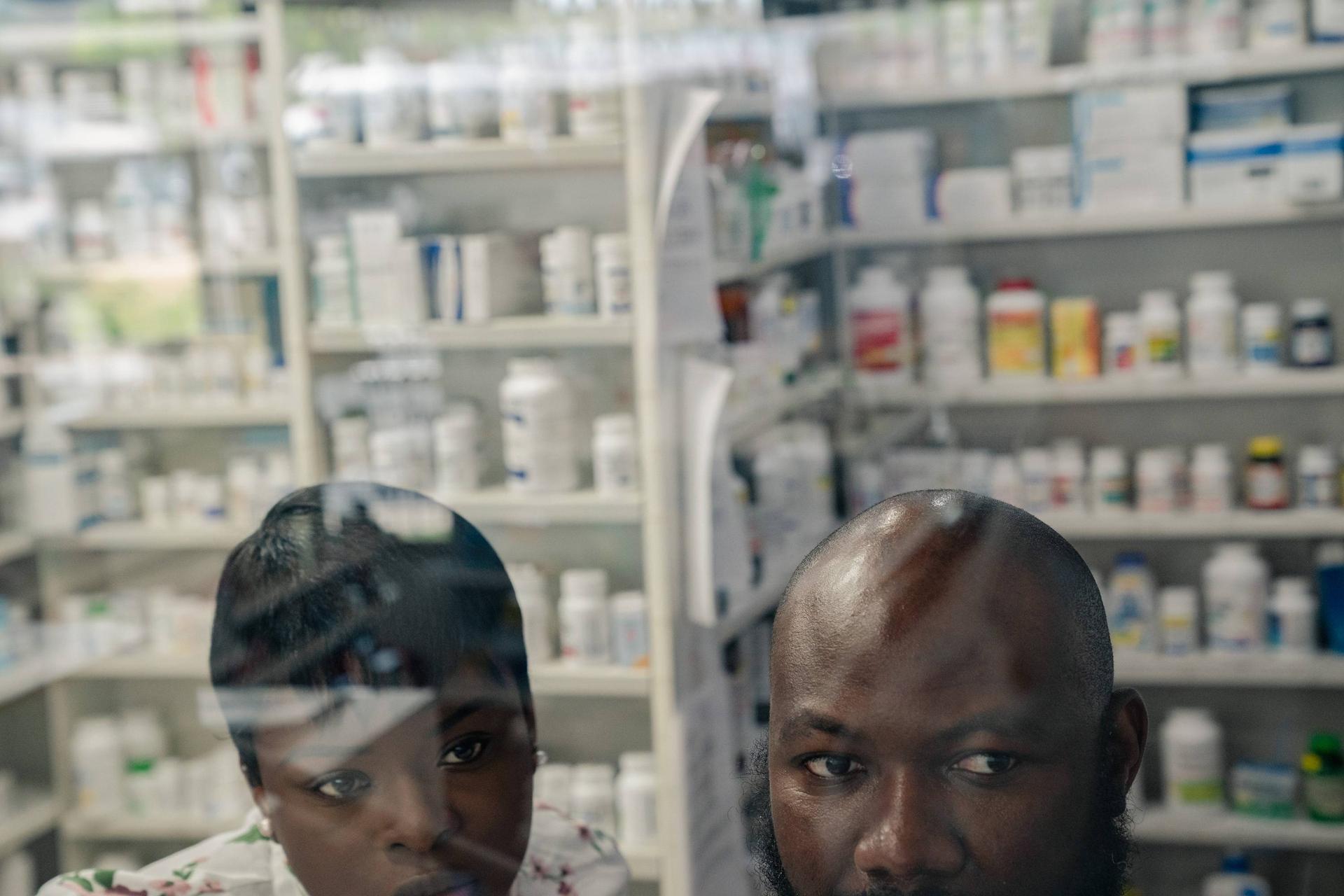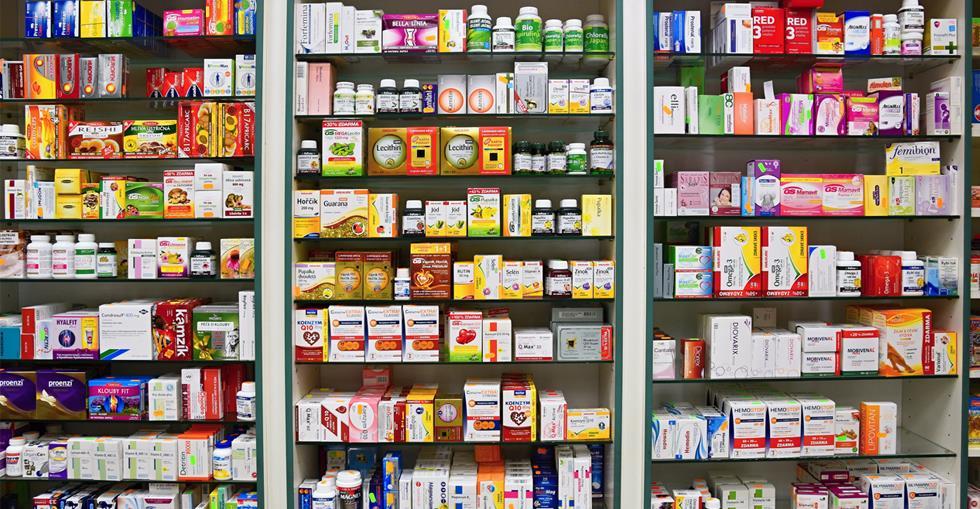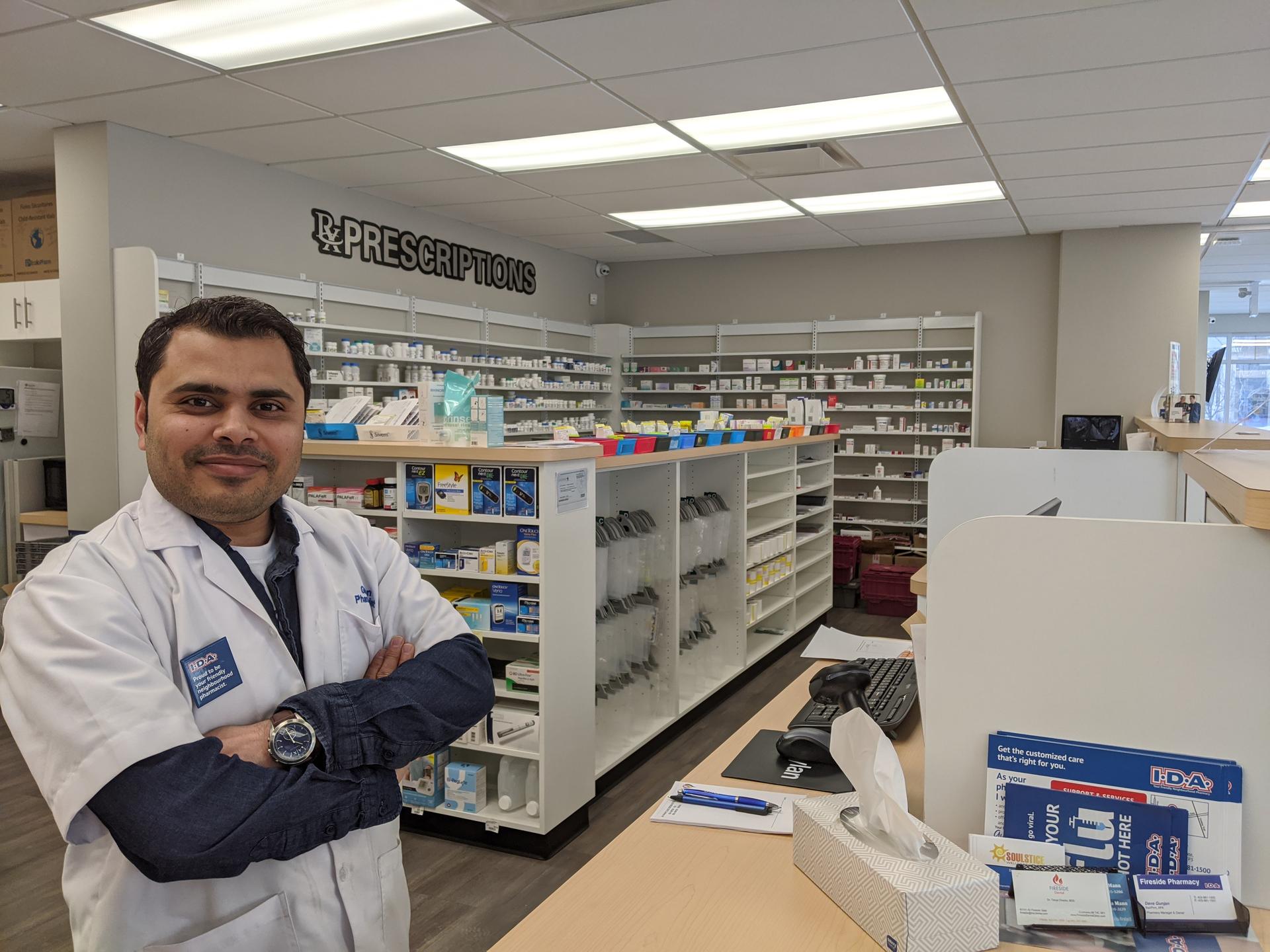Many retailers face bankruptcy due to poor management decisions. Excessive debt often hinders investment in successful strategies.
Brick-and-mortar stores still account for 85% of retail sales. Amazon’s impact, while significant, hasn’t eliminated the demand for physical stores.
Pharmacy Chains Face Widespread Financial Challenges

Major pharmacy chains struggle despite offering essential services. Rite Aid entered Chapter 11 bankruptcy in October 2023.
CVS and Walgreens remain solvent but continue closing stores. The pharmacy sector faces unique pressures beyond typical retail challenges.
COVID-19 Reshapes Pharmacy Business Landscape

The pandemic caused significant population shifts. Many urban pharmacies lost regular customers as remote work increased.
Lunch break prescription pick-ups declined drastically. These changes forced pharmacies to reevaluate their locations and business models.
Guardian Pharmacy Files for Chapter 11

Guardian Pharmacy, based in Pennsylvania, filed for bankruptcy. The filing includes 19 affiliated entities across Pennsylvania and West Virginia.
Guardian specializes in elder care services and skilled nursing facilities. This bankruptcy highlights the financial strain on specialized healthcare providers.
Guardian’s Diverse Operations Beyond Traditional Pharmacy

Guardian operates skilled nursing facilities and rehabilitation businesses. Their services cater primarily to elderly populations.
This diversification distinguishes them from major retail pharmacy chains. Their bankruptcy affects a range of healthcare services for seniors.
Bankruptcy Filing Reveals Significant Debt Burden

Guardian reported assets and debts between $1-10 million. They owe the Pennsylvania Department of Human Services nearly $27 million.
Highmark Blue Shield is owed over $3.3 million. These debts illustrate the financial challenges facing healthcare providers.
Chapter 11 Aims to Ensure Continued Operations

The bankruptcy filing seeks to enable ongoing resident care. Guardian prioritizes resident safety during the restructuring process.
Chapter 11 allows for debt reorganization while maintaining operations. This approach differs from Chapter 7 liquidation bankruptcies.
Pharmacy Sector: Adapting to Changing Consumer Habits

Pharmacies face pressure to evolve their business models. Same-day delivery services compete with traditional in-store pickups.
Many consumers still prefer immediate access to medications. Pharmacies must balance convenience with personalized service.
Rite Aid’s Massive Store Closure Campaign

Rite Aid has closed nearly 700 locations since October 2023. This represents a significant reduction in their retail footprint.
Store closures aim to streamline operations and reduce costs. Rite Aid’s struggles reflect broader challenges in the pharmacy sector.
CVS and Walgreens: Solvent but Shrinking

Despite avoiding bankruptcy, CVS and Walgreens close stores. Both companies reevaluate their physical presence nationwide.
They focus on optimizing store locations and formats. These actions reflect a shift towards more efficient operations.
Reimbursement Cuts: Shrinking Profits Squeeze Pharmacies

Insurance companies and pharmacy benefit managers continually reduce reimbursement rates. The average pharmacy’s gross profit margin has decreased from 24% in 2010 to 21.8% in 2019.
These cuts often push reimbursements below the cost of medications. In 2018, 58% of community pharmacists reported that they were underwater on 10% or more of the prescriptions they filled.
DIR Fees: Retroactive Clawbacks Erode Pharmacy Income

Direct and Indirect Remuneration (DIR) fees retroactively reduce pharmacy payments. These fees have increased by 1600% between 2010 and 2020.
In 2018, the average pharmacy paid $81,000 in DIR fees. Some pharmacies report DIR fees consuming up to 3% of their total revenue.
Chain Competition: Big Box Stores Dominate Market

Large chain pharmacies leverage economies of scale to undercut independents. The top 15 pharmacy chains control over 75% of the prescription drug market.
Independent pharmacies decreased from 40% of all retail pharmacies in 1980 to about 35% in 2019. Walmart alone fills nearly 18% of all retail prescriptions in the U.S.
PBM Practices: Middlemen Control Drug Pricing

Pharmacy Benefit Managers (PBMs) control drug pricing and reimbursements. Three PBMs control 80% of the prescription drug market.
PBMs often steer patients to their own mail-order pharmacies. In 2018, PBMs retained $89 billion of the $480 billion spent on prescription drugs.
Regulatory Compliance: Burdensome Rules Increase Costs

Pharmacies face increasing regulatory requirements and associated costs. The average pharmacy spends $70,000 annually on regulatory compliance.
HIPAA violations can result in fines up to $1.5 million per year. In 2018, 63% of pharmacists reported spending more time on compliance than five years prior.


